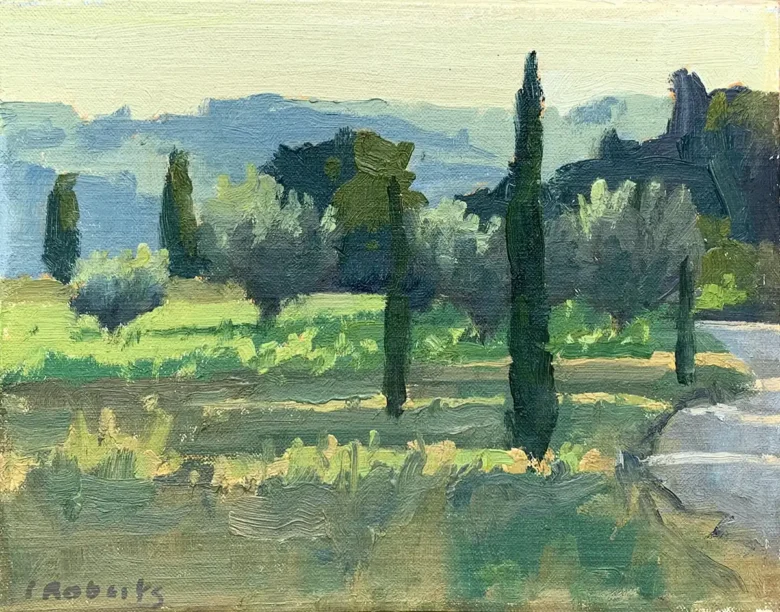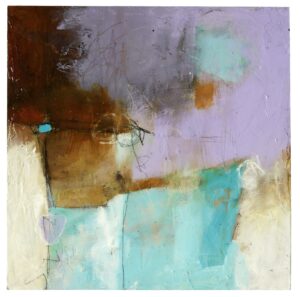At the core of every successful artist is brushwork mastery. This article dives into the world of brushwork, revealing essential tips and techniques to help elevate art.
With each brushstroke, an artist communicates their vision. Manipulating brushes allows for a range of effects – from subtle nuances to strong textures. To make the most of brushwork, understanding different painting techniques is key. Blending, glazing, impasto and dry brushing offer unique ways to add depth, dimension and richness.
This article examines the history of some iconic masterpieces with brushwork at their core. Leonardo da Vinci’s “Mona Lisa” displays his use of sfumato, which creates a soft and smoky effect. Understanding how master artists used brushwork throughout history is invaluable for contemporary painters.
Brushwork is not exclusive to traditional painting. Digital painting software offers tools to simulate brushes digitally. Artists can experiment with textures and strokes that were once only possible with traditional mediums.
Understanding brushwork and its importance in painting
Brushwork is essential for painting. It helps artists show their creativity and bring their subjects alive. How paint is applied to the canvas can communicate texture, motion, and feeling. By mastering brushwork techniques, artists can make depth and dimension, grabbing the viewer’s attention and increasing the total effect of their work.
Short, fast strokes can create energy and spontaneity. Whereas long, even strokes can give a sense of peace and stillness. Different brush sizes and textures can also be used to add variety. Each stroke must be planned, helping the composition.
In addition to making visual interest, brushwork is vital for conveying the subject’s details. From the subtle petals of a flower to the textured bark of a tree, accurate brushwork allows painters to showcase intricate elements with precision. This attention to detail adds realism and depth to the artwork.
Experienced artists use various brushes, paints, mediums, and surfaces to get the wanted effects. They understand each stroke contributes to the overall narrative. Practice is key in mastering brushwork techniques. Keep refining control over every stroke until it becomes natural.
Pro Tip: To get better at brushwork, start by studying various artists’ styles and techniques that inspire you. Experiment with different brushes, strokes, textures, and surfaces until you find your own way to express yourself through brushwork.
Essential painting techniques for mastering brushwork:
To become a master of brushwork, here are six steps to help you enhance your painting abilities!
- Choose the right brush for the desired effect. Different sizes and shapes give different strokes and textures.
- Practice controlled movements and experiment with grip styles to get precise control over your brush.
- Find the balance between paint and brush to get consistent coverage, without dripping or excess paint.
- Experiment with pressure on the brush. Light pressure gives delicate strokes, and more pressure gives bold results.
- Layer paint to add depth, dimension, and complexity. Try glazes and impasto techniques to create texture.
- Master blending techniques to make seamless transitions between colors.
Explore unconventional approaches like multi-brush technique or using different mediums. Delve into the individual characteristics of brush bristle types and how different paints interact with one another.
Emily, a renowned artist, found her breakthrough in brushwork mastery when she decided to break free from traditional paintbrushes. She discovered new levels of creativity and expressiveness by using unusual tools, such as twigs, sponges, and even her fingers.
By incorporating these essential techniques, you will embark on an exciting journey as an artist. Let your imagination flow freely onto the canvas and explore the endless possibilities of brushwork!
Finishing techniques to enhance brushwork:
Finishing techniques are key to taking brushwork to the next level. By using specific methods, you can give your creations more depth and dimension. You can also achieve a more polished final result.
Try out these techniques:
- Glazing: Layer multiple thin coats of translucent paint on top of each other for a luminous effect.
- Scumbling: Drag a dry brush over a painted surface to create texture and soften brush edges.
- Dry brushing: Remove most paint from the brush and apply to canvas. This adds texture and highlights individual strokes.
- Glossing: Add a layer of gloss varnish to protect artwork and intensify colors.
Unconventional tools can also help you achieve unique textures and effects. Try out palette knives, sponges, credit cards, and even household items. Mixing different mediums or adding textures like sand or fabric can also add interest to your brushwork.
Here’s an inspiring story that’ll show you the power of finishing techniques. An artist was struggling with her landscape paintings, as they lacked vibrant colors and dynamic brushwork. She attended a workshop and learned finishing techniques such as glazing and dry brushing. The results were stunning – her landscapes had depth, luminosity, and intricacy that captivated art lovers around the world.
Conclusion
Brushwork is a key element of painting. Use it to add texture, depth, and emotion! It’s important for the final touches of a painting too – brushstrokes can bring it together and make it stand out.
Remember the brushes you use: their size, bristle type, and paint consistency. This can open up lots of possibilities for unique textures and details.
Also keep your body posture and hand movements in mind. This will help you be precise, and prevent fatigue during long painting sessions. A relaxed yet controlled grip will give you more fluid strokes and better control.
Pro Tip: Practice often! Try different subjects and styles to boost your artistic skills.
Frequently Asked Questions
1. How can I improve my brushwork in painting?
To enhance your brushwork skills, it’s important to practice regularly and experiment with different brush sizes, pressures, and strokes. Take your time to observe how experienced artists handle their brushes, and try to replicate their techniques. Additionally, studying various painting styles and taking classes or workshops can provide valuable insights and guidance.
2. What are some essential brushwork techniques for beginners?
For beginners, it’s crucial to focus on mastering basic brushwork techniques. Some essential techniques include loading the brush with an appropriate amount of paint, controlling the pressure applied, using both thick and thin brushstrokes, blending colors smoothly, and creating texture through various brush movements. Remember, practice and patience are key!
3. What are the different types of brushes used in painting?
There are a variety of brushes artists use, each serving a different purpose. Some common types include flat brushes (for broad strokes and blending), round brushes (for details and outlining), filbert brushes (for soft, rounded edges), and fan brushes (for creating special effects like grass or leaves). Experimenting with different brushes will help you discover your preferred tools.
4. How do I clean and care for my paintbrushes?
Proper care and cleaning of paintbrushes are essential for maintaining their longevity. After each painting session, rinse the brushes in water or a suitable solvent to remove excess paint. Gently reshape the bristles and allow them to dry horizontally or vertically with the bristles facing up. Avoid leaving brushes soaking in water or standing bristles down, as this can damage their shape.
5. What techniques can be used to create texture with brushwork?
Creating texture in your paintings can add depth and visual interest. Some brushwork techniques that help achieve texture include dry brushing (using a brush with minimal paint for a rough, scratchy effect), stippling (dotting the canvas with a brush to create a grainy texture), and scumbling (lightly dragging a dry brush over a painted area to create a broken texture). Experiment with these techniques to enhance your artwork.
6. How can I apply brushwork for different painting styles?
Different painting styles require specific brushwork techniques. For example, impressionist styles often involve quick, loose brushstrokes, while realistic styles require more controlled and precise brushwork. It’s important to study different painting styles, analyze brushwork techniques used by artists in those styles, and practice adapting your brushwork accordingly to achieve the desired effect.



